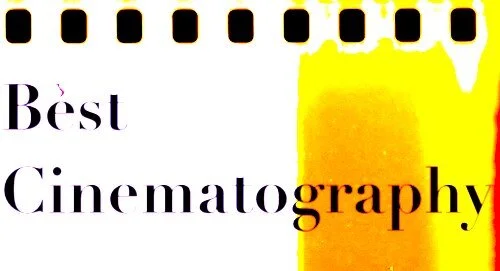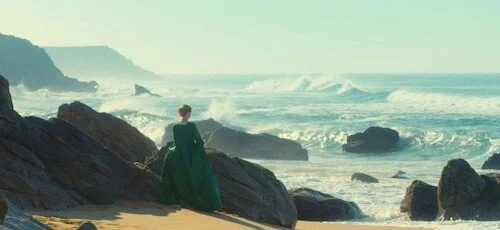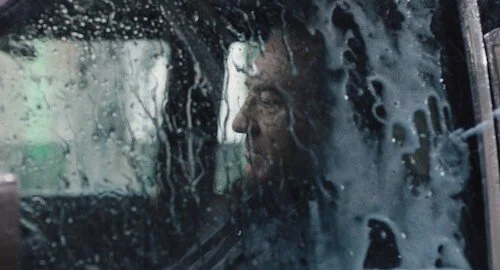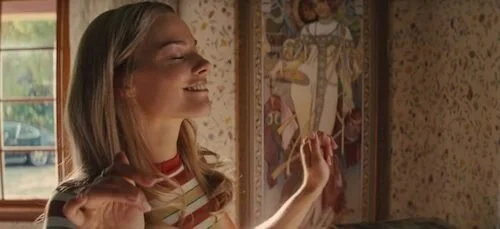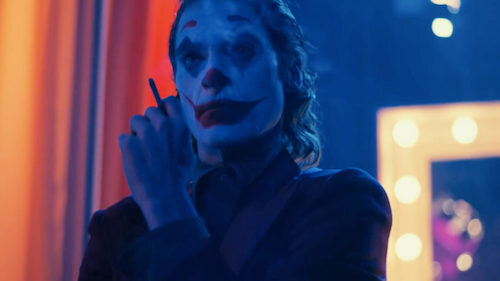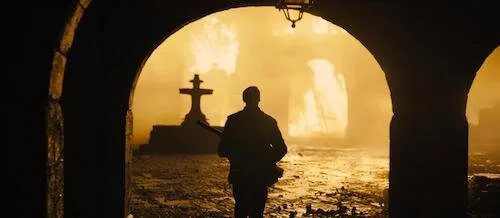Best Cinematography: Ranking Every Oscar Nominee
We are approaching some of the larger filmmaking categories now, including screenwriting and editing. We start off with cinematography: the science of the visual aspect of cinema as a photographical medium. How are shots framed? How rich are the visuals? How well does the lighting translate onto the final product? In the last two decades, digital filmmaking has become a standard, so these types of awards certainly circle around this approach. However, some directors of photography prefer practical, literal film; shooting on 35mm, for instance. Either way, we’re looking at what films look the best. Which filmmakers captured their subjects the greatest when it comes to treating storytelling as a living photograph.
Here are your nominees for Best Cinematography, ranked from worst to best.
Biggest Snub: Portrait of a Lady on Fire
France selected Les Misérables as their entry for the Academy Awards, and it’s too bad. We feel like that cut Portrait of a Lady on Fire’s road short, including the other categories this film could have had recognition in. The main loss is the lack of acknowledgement for the film’s visual brilliance, with the warmest of oranges, coolest of blues, and deepest of greens. The film is full of pastel beauty, and it should unquestionably have been included in this category.
5. The Irishman: Rodrigo Prieto
We don’t mean to keep ranking The Irishman so low (or dead last) in all of these rankings: this won’t keep being the case. However, there are some nice shots in The Irishman, but the film is up against works that are borderline based entirely around their photography; it’s an uphill battle. With some interesting uses of “natural lighting” (the courtroom, jailhouse, cottage, etc.), and the noteworthy darker settings (restaurants, barrooms), The Irishman is indeed nice to look at. It just so happens to be easily the weakest entry here.
Our review of The Irishman
4. Once Upon a Time in Hollywood: Robert Richardson
The strength Robert Richardson has here is mainly with the intriguing use of pans, crane shots, and the occasional framing trick. Truth is Hollywood is fairly standard look wise. Well, that’s not entirely true. The ‘60s colours leap off the screen rather well (and so do the shimmers of light off the candy coloured cars). While Hollywood is here likely because of the film’s Oscar dominance, it’s still great enough to look at. Plus, there is the occasional marriage between set and camera, where monochromatic bliss just happens to fall into your lap. It isn’t often, but it’s still a nice touch to have here and there.
Our review of Once Upon a Time in Hollywood
3. Joker: Lawrence Sher
We’ve questioned Joker’s place in many categories, and have just chalked up these numbers to the film’s awards season success. Well, Lawrence Sher’s work here is no laughing matter, and this is where the competition truly starts. You’re already introduced to the dark, gritty Gotham, framed sometimes like a comic book (the overhead shots of alleyways), and other times like a ‘70s New Hollywood work. Shot on film, the graininess truly adds to the film’s textured, visceral nature. Then, we get the latter moments of breathtaking colour: like gels dripping off the screen. Joker’s cinematography is actually exceptionally good for a film of this nature, and if there’s one trend that keeps going after this film’s hype dies down, we hope it’s photography like this in comic book films more often.
Our review of Joker
2. The Lighthouse: Jarin Blaschke
In ways, Jarin Blaschke’s work on The Lighthouse is without question the best cinematography of 2019. The square aspect ratio, choppy rate, and grainy black-and-white take you to the earliest sound horror films of the ‘30s. If that wasn’t enough, the framing is masterful in its own right. The ways that the spiralling titular lighthouse, possessed seagulls, and rogue tentacles flailing are captured turn The Lighthouse into a demonic shadowbox, with all of the contained props colliding before your very eyes (and broken mind). The visuals are claustrophobic, and heavily based on an existing style, yet The Lighthouse is still so expansive creatively with its visuals and how they are displayed. There was no visual treat better than The Lighthouse in 2019. Also, let us quickly remind you that this is the sole nomination for The Lighthouse, which is a travesty.
Our review of The Lighthouse
1. 1917: Roger Deakins
Okay, let us explain. While Sir Roger Deakins is a legend of this craft, this isn’t a legacy statement. We’d be comfortable ranking him lower if we saw necessary. However, while The Lighthouse wins as the best visuals of the year, 1917 has a few extra elements that have placed it first here. The framing is perfect (it is Roger Deakins after all), and the use of colours is exemplary (when it isn’t cautiously, and wisely, reserved). So, what pushes 1917 first? Take into consideration the ability to capture everything on screen while keeping the “one shot” illusion going. When cherry blossom petals float into frame at exactly the perfect time. When overhead planes are meant to be seen. Every visual cue that has a beat of its own manages to be captured exactly when needed. We’ve left the obvious point for last: this is meant to look like a single shot, so the camera choreography used is truly something else. The work speaks for itself. Combine all of this, and this may be Roger Deakins’ finest work ever (and that is saying a lot).
Our review of 1917
Who we want to win: Since we know it’s going to Roger Deakins, let’s show some love for The Lighthouse and Joker one final time.
Who we think will win: Now that Roger Deakins has finally broken his curse and won his first Oscar for Blade Runner 2049, he’s bound to win again for 1917.
Tune in tomorrow for our next Academy Award category! We’re reviewing every single nominee.
Andreas Babiolakis has a Masters degree in Film and Photography Preservation and Collections management from Ryerson University, as well as a Bachelors degree in Cinema Studies from York University. His favourite times of year are the Criterion Collection flash sales and the annual Toronto International Film Festival.

